-

Eco-friendly UV LED module
-

Odor/ Pollutant Removal
-

4-step filtering system
-

99.9% removal of bacteria and viruses
-

No Ozone
-

Low noise BLDC motor design








1
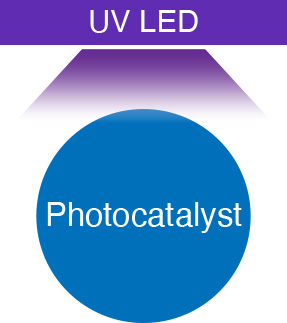
Illuminate the UV rays to Photocatalyst
2
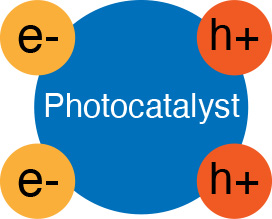
Electronics (e-), hole (h+) create
3
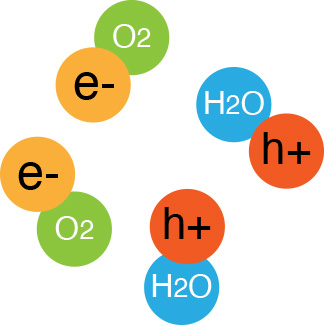
Electronics and hole react with oxygen (O2) and water (H2O) in the atmosphere
4
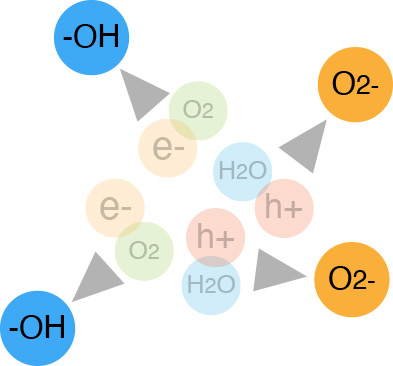
Form anions (O2-) and Hydroxy radical (-OH) production
5
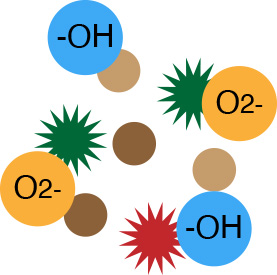
Contact Various harmful substances and then cause complete decomposition
6
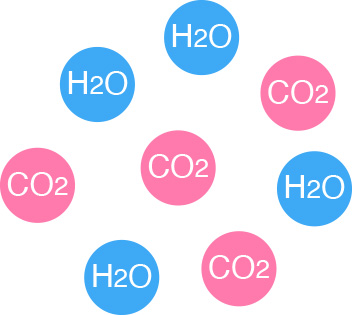
Harmless to human body (H2O) and converted to carbon dioxide (CO2)
When photosynthetic light is received, chlorophyll (chlorophyll) is catalyzed to generate oxygen to purify the forest. Likewise, photocatalysts cause oxidation and reduction reactions of ultraviolet rays of the sun and fluorescent lamps as energy sources. The photocatalyst also decomposes harmful substances and pathogenic bacteria into harmless water (H2O) and carbon dioxide (CO2). It also eliminates odors at the same time.
ALCURE UV LED with photocatalytic Titanium Pro UV LED mounted on the air cleaner filter is completely decompose harmful substances, malodorous substances and other pathogenic bacteria than the principle of adsorption of contaminants, such as activated carbon filters used in conventional air cleaners. In addition, since only the substance that touches the surface of the photocatalyst titanium dioxide particle is decomposed, powerful decomposition is possible without affecting the human body like ozone. And the particle shape of the photocatalyst ball has fine pores, and it has excellent effect of catching bacteria in the air.
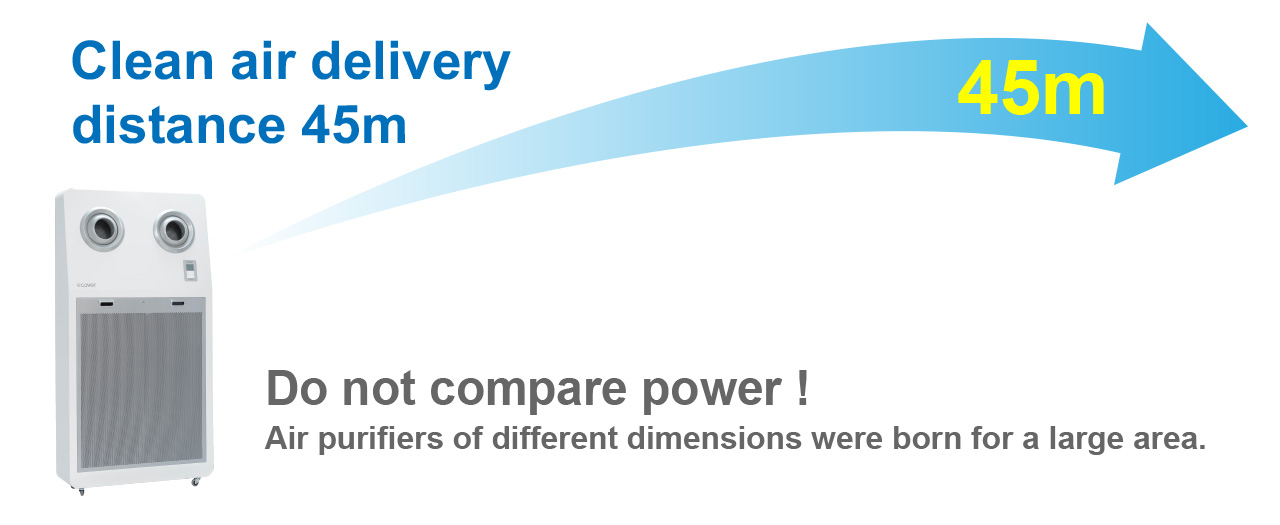
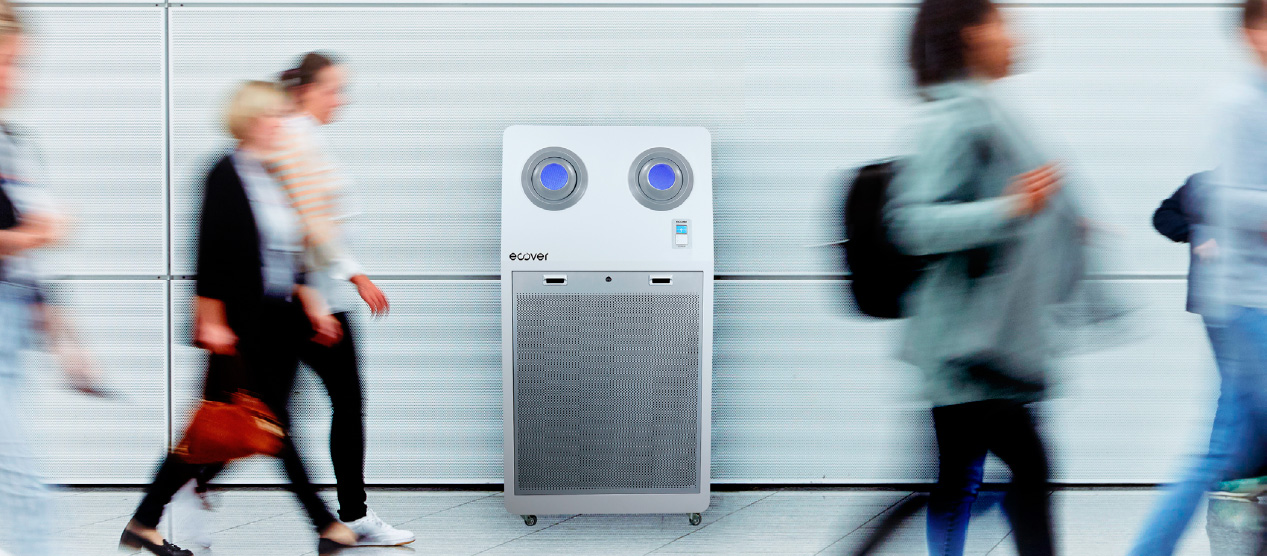
Without using a binder, the catalyst Titanium bead particles are uniform in size.
The photocatalytic filter has a large surface area because of fine pores in the ball.
On Photocatalytic Dioxide, high efficiency UV LED light source is applied.
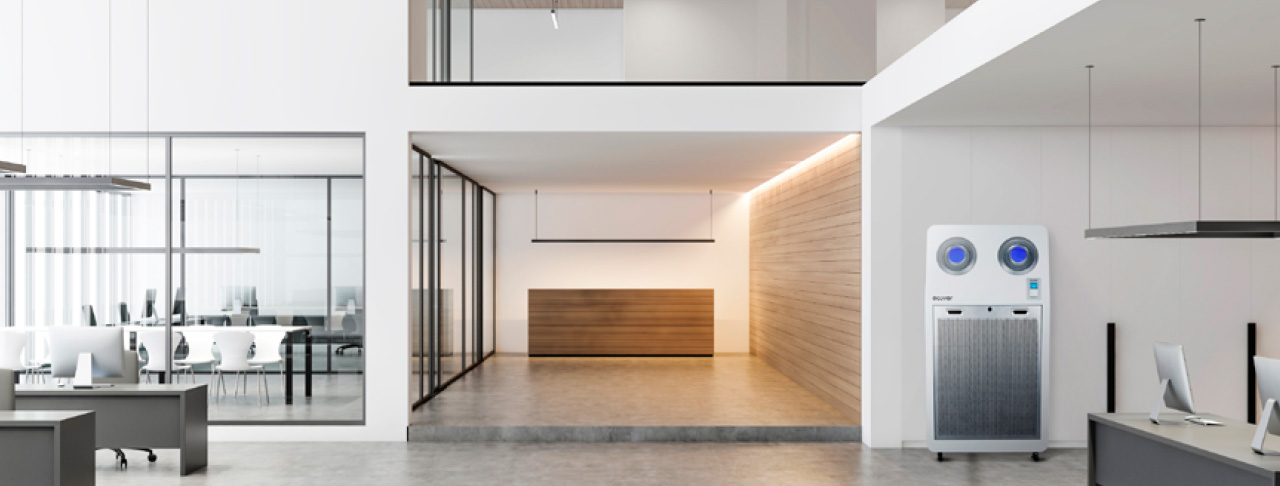

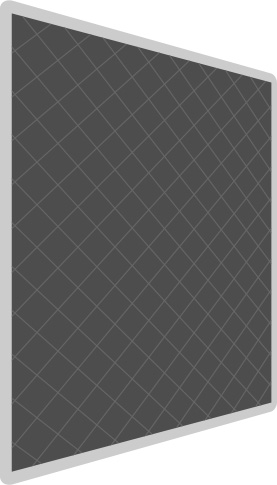

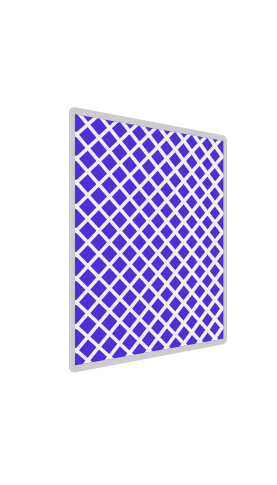
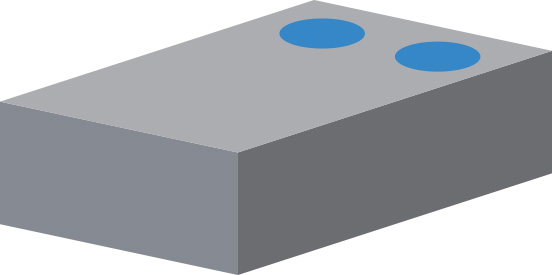
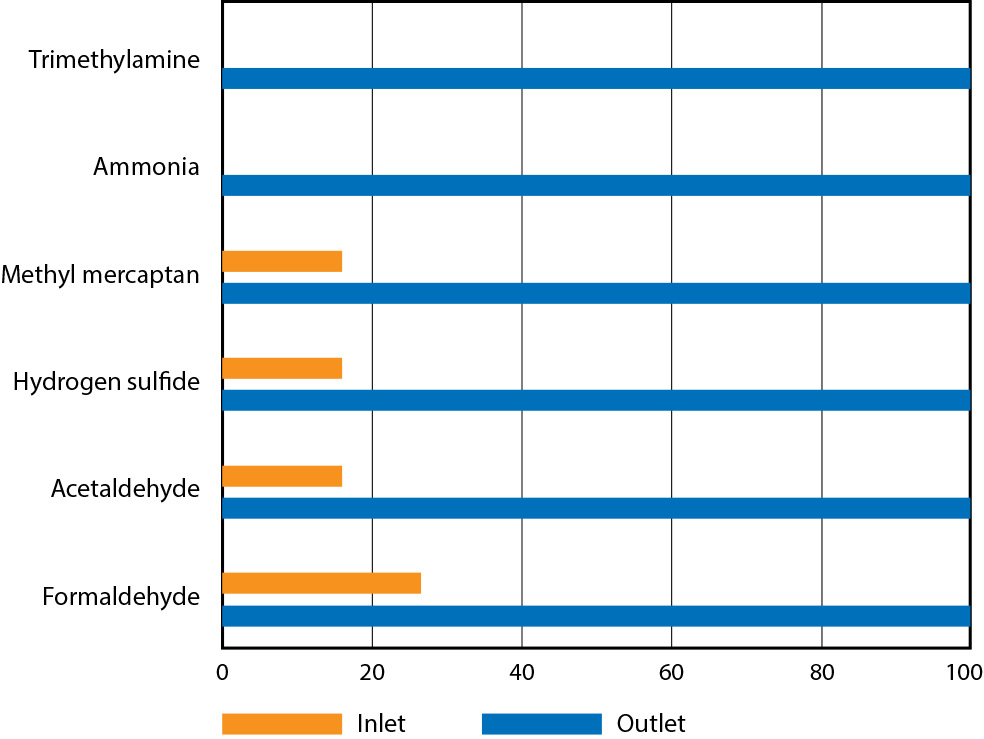
| Item | Passive (Collection) | Active (Decomposition) | Collection+Decomposition | |||
|---|---|---|---|---|---|---|
| Clean Filter System | HEPA Filter | Carbon Filter | Prasma | Ozon | Photocatalyst | HEPA+ UV Photocatalyst |
| Fine Dust Removal | ◎ | x | x | x | x | ◎ |
| Harmful Gases Removal | x | ◎ | ◎ | ○ | △ | ◎ |
| RemovalSpeed | ◎ | ○ | ◎ | ○ | △ | ○ |
| Sterilization | △ | x | ○ | ○ | ◎ | ◎ |
| Secondary Produts | ◎ | △ Saturation release |
x Ozon, Lower Fatty acids |
x Lower Fatty acids |
○ | ◎ |
| Maintenance | ○ | △ Saturation release |
x Ozon, Electric shock |
x Ozon, Chlorine |
○ | ○ |
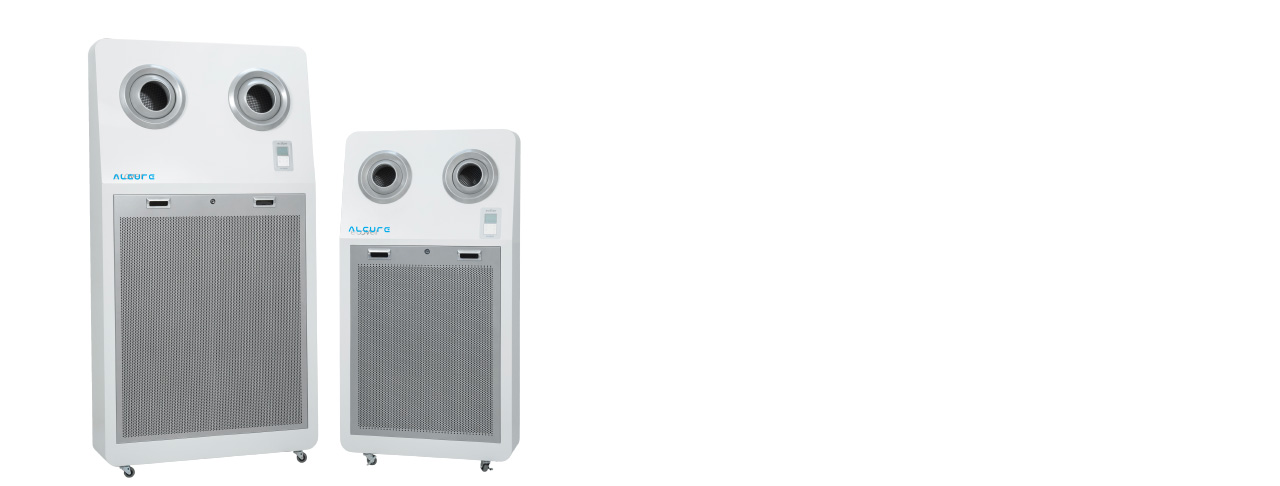
| Model Name | A240D | A400D | A350D | A800D | A1100D |
|---|---|---|---|---|---|
| Air Volume (m3/hr) | 1,920 | 3,276 | 3,498 | 6,336 | 9,000 |
| Air Volume (m3/min) | 32 | 54.6 | 58.3 | 105.6 | 150 |
| Dust Collection Efficiency (%) | 98.5% | 99.3% | 98.5% | 97.9% | 97.7% |
| Filter Structure | Free + H13 (PM0.3 - 99.97%) + Carbon + PCO (Titanium + UV LED) | ||||
| PM2.5 Removal ability (m3/min) | 31.5 | 54.2 | 57.4 | 103.4 | 146.6 |
| Purity Area (m3) | 240 | 407 | 440 | 799 | 1,121 |
| Power Consumption (W) | 210 | 300 | 400 | 900 | 1,100 |
| Size (WxHxD/mm) | 800*1500*275 | 800*1500*285 | 1000*1900*450 | 1000*1900*450 | 1180*1900*450 |